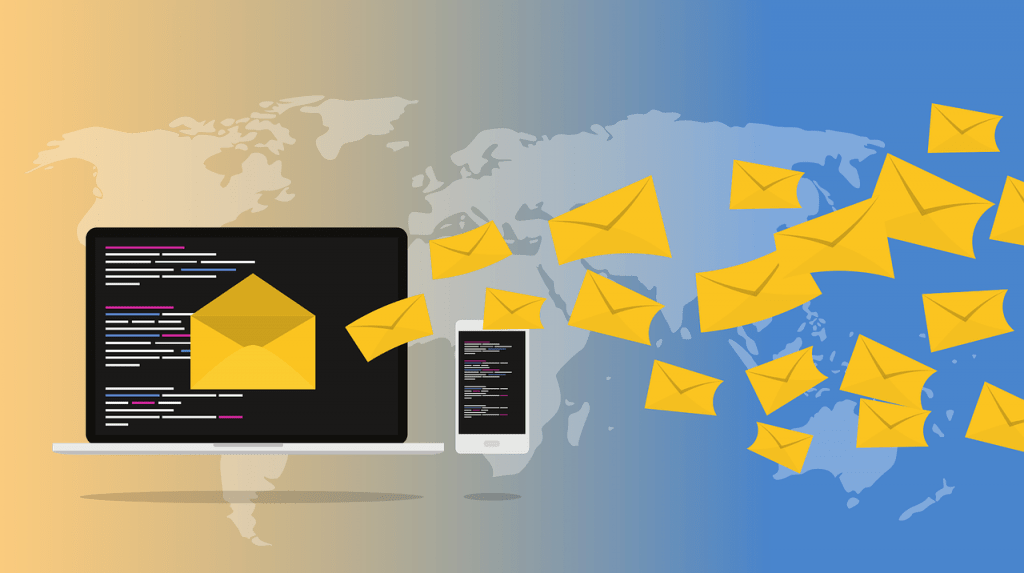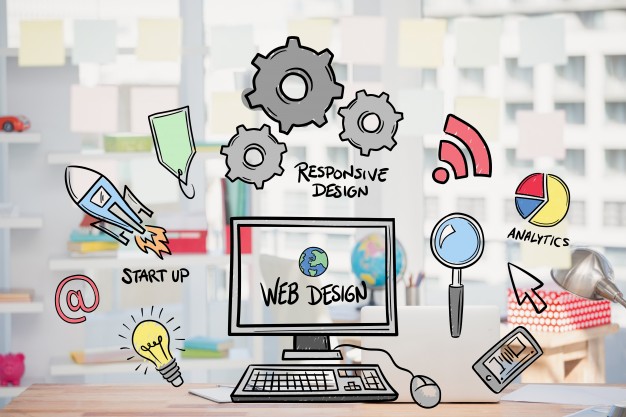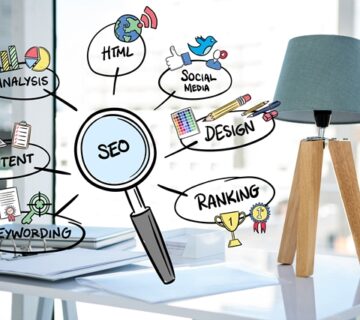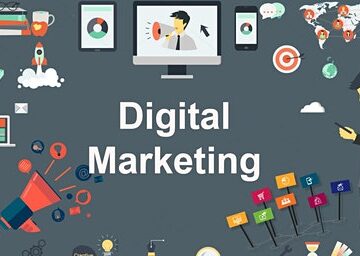Marketing automation guarantees huge things; more leads, conversions and sales, all with less work. Businesses that utilize automation have seen increased leads and sales, driving a 14% in sales efficiency and a 12% decrease in marketing overheads.
For marketing specialists, automation provides an exciting opportunity for higher efficiency, cost reduction, and improved consumer experience. Starting an automation journey for your service might appear challenging, but with the right advice, it’s easier than you believe!
In this short article, we’ll describe whatever a marketing team requires to understand automation in marketing.
How Can Automation Fit into a Marketing Strategy?
According to a brand-new research study, 44% of marketing leaders think automation will end up being more important as a skill in 2020, something to keep in mind when reskilling employees and employing brand-new personnel in 2019.
Automation in 2020
Here are a few of the ways to seamlessly slot it into your marketing method:
Reroute Focus To Strategy
The objective of any sort of automation is to increase efficiency. Marketing jobs can place big needs on your organization’s resources. Automation maximizes the time that can be better invested in tasks that require the distinct competence of your staff members, such as method and customer interaction.
Automated processes will look after consumer interactions, lead nurturing, content scheduling, social networks management, marketing research, analytics; practically any task that does not require active human participation. Executing automation can, for that reason, lead to increased performance and much better performance for your company.
Reallocate Budget
Efficiency is the crucial mechanism here; when the staff member has the time to concentrate on their core tasks, it makes them more efficient. In turn, tasks are delivered much faster and without the need for investment in extra personnel.
Automation removes the drain of repeated jobs, permitting you to get the most out of specialists. With this saving, your organization can reallocate the budget plan directly back into campaigns to see more returns.

Support Customer Interactions
Efficient communication is crucial to nurturing leads or a prospective customer relationship. But this doesn’t need personnel costs all the time dealing with emails. Email automation is one of the most convenient locations to begin, for instance, when a site visitor makes a conversion, a sequence of well-timed and written automated emails can be sent to a brand-new lead to keep them warm.
This produces two clear benefits. First of all, it offers assurance that this critical communication has actually been sent in a prompt way, and second of all, it requires no additional input from you. Set the guideline up once which’s it!
Emails offer you a sense of the capacity of automation. From there, you can move on to other formats such as chatbots for instant consumer assistance on your website, time-limited deals by text, and automatic phone tips. Clients will receive the assistance they require throughout their journey, immediately.
Gather Meaningful Analytics
Automation software collects and analyses data concerning leads, clients, sales, campaign success, and so on. This assists marketers to assess the effectiveness of past and current projects, and predict which techniques will work well in the future.
The reporting from these auto-analytics permits each stage of your marketing procedure to discover and improve. Brands can also gain from automated A/B testing, which allows them to optimize content in real-time for optimal impact.
4 Key Steps Towards Automation
Marketing automation flow
Prior to carrying out automated marketing processes, it’s crucial to establish a workflow. This permits your team to get ready for brand-new processes and guarantees that automation yields the best outcomes for your brand. There are four crucial steps to complete:
1. Determine The Right Tasks:
Try to find your groups’ most repeated marketing tasks. This is where you’ll discover the greatest gains from automation. As we pointed out above, merely automating reaction emails, for example, can considerably reduce the administrative concern on your team. Plot out all of your existing marketing jobs, and choose those which are both time-consuming and suitable with automation.
2. Select The Appropriate Automation Software:
There are infinite options when it concerns automation software application. Filtering the very best ones can be a challenge– particularly when starting. We’ll present you to the cream of the crop later in this article, however, it’s also worth keeping in mind that there may be software that is specifically tailored to your market. Expand your research study to examine this before you devote long-lasting. Most platforms offer a complimentary trial, which offers you a chance to test the software application in your special setting and assess which is the best fit.
3. Train Your Team:
Although automation right away makes marketing more efficient, the introduction of new software and procedures requires an investment in training for suitable staff. It’s essential for a staff member to understand how automation suits their working day, and how their function might be refocused. Stress the advantages and give staff an opportunity to thoroughly check out brand-new systems, while acknowledging any issues they may have. Marketing automation is predicted to become one of the most important marketing skills, and services are reacting appropriately, with increased financial investment now and in the future.
4. Examine Automation Effectiveness:
Carrying out automation is not the completion of the story. We advise a periodic evaluation of what’s working well, what could be improved, and the impact of automation on key metrics. This allows you to make suitable modifications at the right time.
5 Key Automation Platforms
Marketing automation platforms
There are countless automation platforms out there, and sorting through them can take a lot of time. Here are 5 of the best platforms for marketing experts:
Marketo
Marketo is a tried-and-tested platform enjoyed by countless marketing professionals. It uses project management, automatic emails, lead generation, budgeting tools, visitor tracking, and personalized messaging.
HubSpot
You’ve most likely currently become aware of HubSpot, and with good factor. It’s well-integrated and easy to use, providing a content management system, email marketing, performance tracking, lead ranking, and real-time analytics data.
Customer.io
This platform is everything about communication! Customer.io uses information from customer interactions to develop bespoke email messages, triggering actions based on consumer behavior and your own pre-determined rules. The data captured by Customer.io also assists you to build a rich profile of each lead.
ActiveCampaign
There’s a lot to love about ActiveCampaign. It permits you to fully personalize the automation you require while supplying insightful analytic information, sales support, and consumer relationship management.
Pardot
If your marketing team is primarily focused on boosting sales, Pardot is a fantastic alternative. It’s developed to speed up pipelines utilizing lead generation, scoring, and nurturing, in addition to customized e-mail marketing, sales alerts, and social media integration.
Focus on Content Creation
Leading top priorities in material production
Automation will take care of the mechanics of marketing, however, your proficiency is still crucial to the message sent to present and potential clients. Keep these points in mind when creating content for your automated marketing campaigns:
We value that you’ve heard this a million times before, but there’s no overemphasizing the importance of knowing your audience inside and out. Establish their average group profile, their area, interests, and practices. What do they wish to see? Creating a buyer persona can really help you to target your audience in a significant method, and provide material that in fact makes an impact.
2. Set The Tone (and stay with it!).
Your narrative voice is a crucial part of the relationship your business constructs with its audience. Depending upon the target group, you might go with a tight, corporate tone, or something more warm and conversational. As soon as your brand has discovered its voice, persevere– otherwise, your audience will discover the switches jarring and off-putting.
3. Stay Human being.
Even though robots are sending your emails, the content needs the style of a human creator. Style interactions in such a way that the recipient believes it’s been crafted just for them.
4. Mix It Up.
Do not get stuck in a content rut! If leads see the same thing, week after week, they will dislike your brand name. Change formats, revitalize your images, be bold and special, and most importantly– provide your audience a reason to continue engaging with you.
5. Remain Relevant.
Patterns are short-term, but if you embrace them at the right time, it can get you noticed by potential consumers. Be tactful in your technique; you do not need to spin every trend, just the ones that relate to your brand!
The ‘black and blue dress/ white and gold dress’ phenomenon, for example, was a field day for clothes merchants– especially the one offering the gown– however talking about it in an e-mail campaign months after the occasion would have be disadvantageous. So, when the pattern train carries on, ensure your content is swiftly updated.
5 Ways to Optimize Automation.
If you’re seeking to implement automation in your organization now, here are some innovative methods to help:
1. Know Your Message.
Prior to you embark on any marketing project, you need to understand precisely what you want to leave it. Otherwise, the endeavor is rudderless and not likely to yield much of a tangible benefit. Whether you want to draw in more visitors to your site, produce brand-new leads, boost sales, or increase market share, automation can help.
2. Individualize Your Content.
Generic e-mails aren’t going to suffice. Clients want to feel valued by the brand names they buy from. Guarantee material can be individualized by an automation software application and is produced with the illusion of being entirely bespoke.
3. Use A/B Screening.
Your business might already be undertaking A/B screening as part of your assessment of marketing campaigns, but automating the process is extremely useful. As well as time savings, automated A/B testing provides real-time information about the impact of your marketing material– permitting you to make quick modifications where required.
4: Get Your Group on Board.
Training and open interaction are important to the effective application of automated procedures. Your group might feel threatened by the ‘a-word’, associated as it is with robotics replacing human beings– an unreasonable assumption in the marketing world! Instead of something to be feared, frame automation as a procedure to accept, with tools that enable your team to focus less on the unnecessary, and more on the talents you employed them for.
5: Concentrate On Customer Experience.
Ultimately, the success of automation depends upon how your clients respond to it. Collect meaningful data throughout the procedure, utilizing customer experience mapping, to establish feedback at significant touchpoints. This permits you to make tweaks to your method and integrate new automation where they will be practical. It’s important to keep in mind that automation is just helpful so long as you’re seeing results with completion customers and your bottom line. If you’re not seeing the analytics you ‘d like, mix things up a little.
Conclusion.
There’s a lot to get from automation. Greater efficiency, expense savings, improved efficiency, more insightful analytic information, and much better client assistance; all of these benefits are irresistible for marketing experts.
With great preparation, clear objectives, specialized training, and optimized material, any company can implement and make a fantastic success in marketing automation. And these procedures have so much further to go; with the AI market forecasted to be worth $16 billion by 2022, this is a particularly exciting time to bring automation to your brand.







